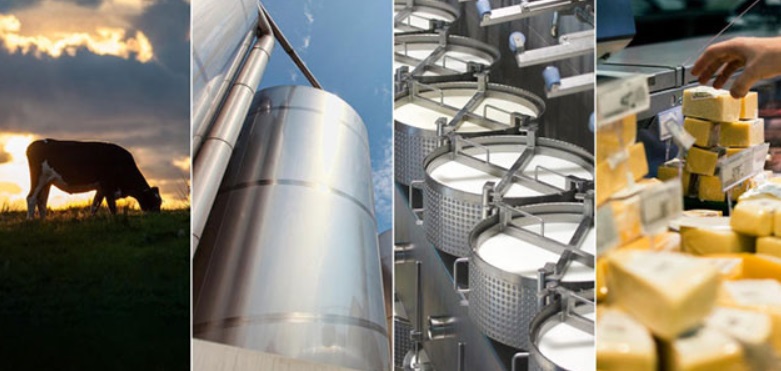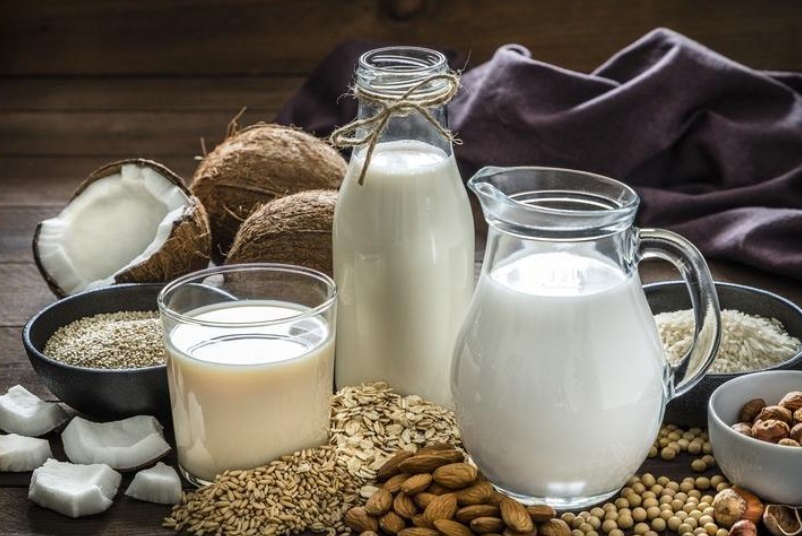Dairy trends 2023: Mixed picture due to inflation, while dairy alts get a boost
According to recent reports, inflation and supply chain issues are all likely to impact the dairy market in the coming 12 months and beyond, while a rise in dairy alternatives may also influence dairy trends
Where inflation is concerned, the dairy market is more affected than other sectors with inflation sitting at around 23% – a clear five points higher than the next highest category – bakery.
According to the IFCN Dairy Research Network, the world milk price increased by 18% in 2022 to a record high level of an average annual price of $53.3 per 100kg of milk. Reaching its peak in April at $63.
The analyst said that this increase comes from an imbalance in supply and demand, especially at the beginning of the year. It said that milk supply was insufficient in many countries due to various reasons: weather constrains, high farm input costs, uncertainties about legislation, etc.
This shrinking raw milk pool was especially notable in major milk producing and exporting countries, such as the EU, NZ or Brazil. Demand was still strong in the beginning of the year, supported by purchasing from China, the analyst commented.
However, with the impending recession, inflation upswing, and record high prices demand did decline, overcoming the supply imbalance in the second half of the year.
The long-lasting slowdown in global economy, foreseen by World Bank, is also going to affect all regions, IFCN said. Income levels are reduced by inflation, while living costs are increasing. So spending power is diminished.
The main impact has been on food and energy costs, with medium- and low-income countries are particularly affected, where the economic slowdown is increasing poverty and food security. Countries which rely on imports, especially for basic commodities, face currency devaluation and a strong USD, thereby making imports even more expensive, the analyst said.

In addition, a recent report published by Rabobank on dairy market trends in December last year, noted that with 2022’s record or near-record farmgate prices in many export regions, milk supply growth has emerged, led by the Northern Hemisphere.
However, farmgate milk prices are catching on to global commodity market trends and will move lower in 2023. Meanwhile, expensive input costs remain a clear headwind worldwide and, combined with lower milk prices, result in farm-level margin pressure. Still, the recent milk supply growth momentum will continue into the first half of 2023.
It said that while the Chinese dairy market “continues to digest the stocks accumulated over the last year, an opportunity exists for buyers to enter a quieter market”. Second and third tier buyers have stepped into the market over Q4 and are needed to pick up the slack in early 2023, Rabobank said. China’s Q1 2023 dairy imports are expected to fall short of Q1 2022 levels, with renewed buying interest developing in the second quarter of this year.
Dairy consumer prices have lifted on supermarket shelves and out-of-home menus around the world. While dairy demand is a complex, multifaceted picture, the resilience shown so far will be tested by waning confidence levels as disposable incomes take a hit. Emerging markets, including tier two and three buyers, are most at risk due to projected inflationary impacts on consumer budgets in the next six months.

Meanwhile, Report Linker has revealed that the global dairy alternatives market will grow from $24.09 billion in 2022 to $27.6 billion in 2023 at a compound annual growth rate (CAGR) of 14.6%. The market is expected to grow from $45.16 billion in 2027 at a CAGR of 13.1%.
According to the report, increasing cases of lactose intolerance and milk allergies are projected to contribute to the dairy alternatives market’s growth, with the US’s Cleveland Clinic, reporting that more than 30 million people in America are lactose intolerant.
This scenario is likely to generate higher demand for dairy alternatives, which in turn, is anticipated to boost the market’s revenue over the forecast period.
Furthermore, new product innovation is the trend in the dairy alternative market, says the Report Linker report. For example, in June 2022, Nestlé SA announced the launch of Little Steps Plantygrow, a plant-based growing-up drink for toddlers from one to three years of age. The product contains iron, vitamins A, C, B2, B12, and iodine, no additional carbohydrate, and enhanced with omega3 and 6 for the overall development of toddlers.
For more dairy news, click here.
Join us at SIAL Paris as exhibitor Join us at SIAL Paris as visitor
